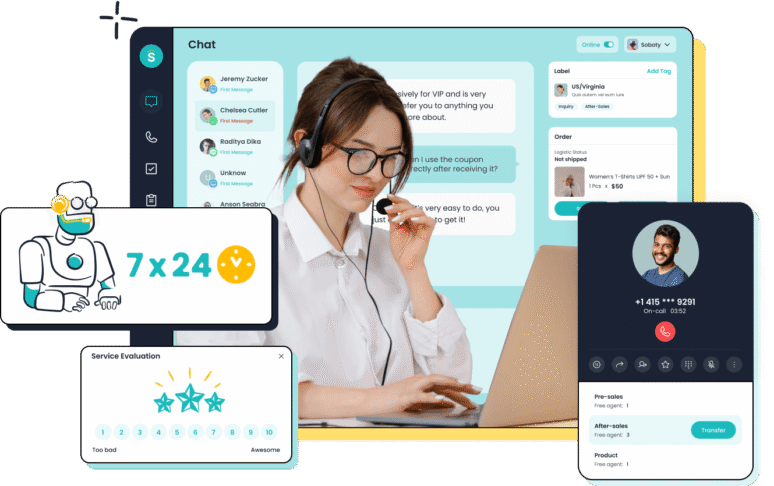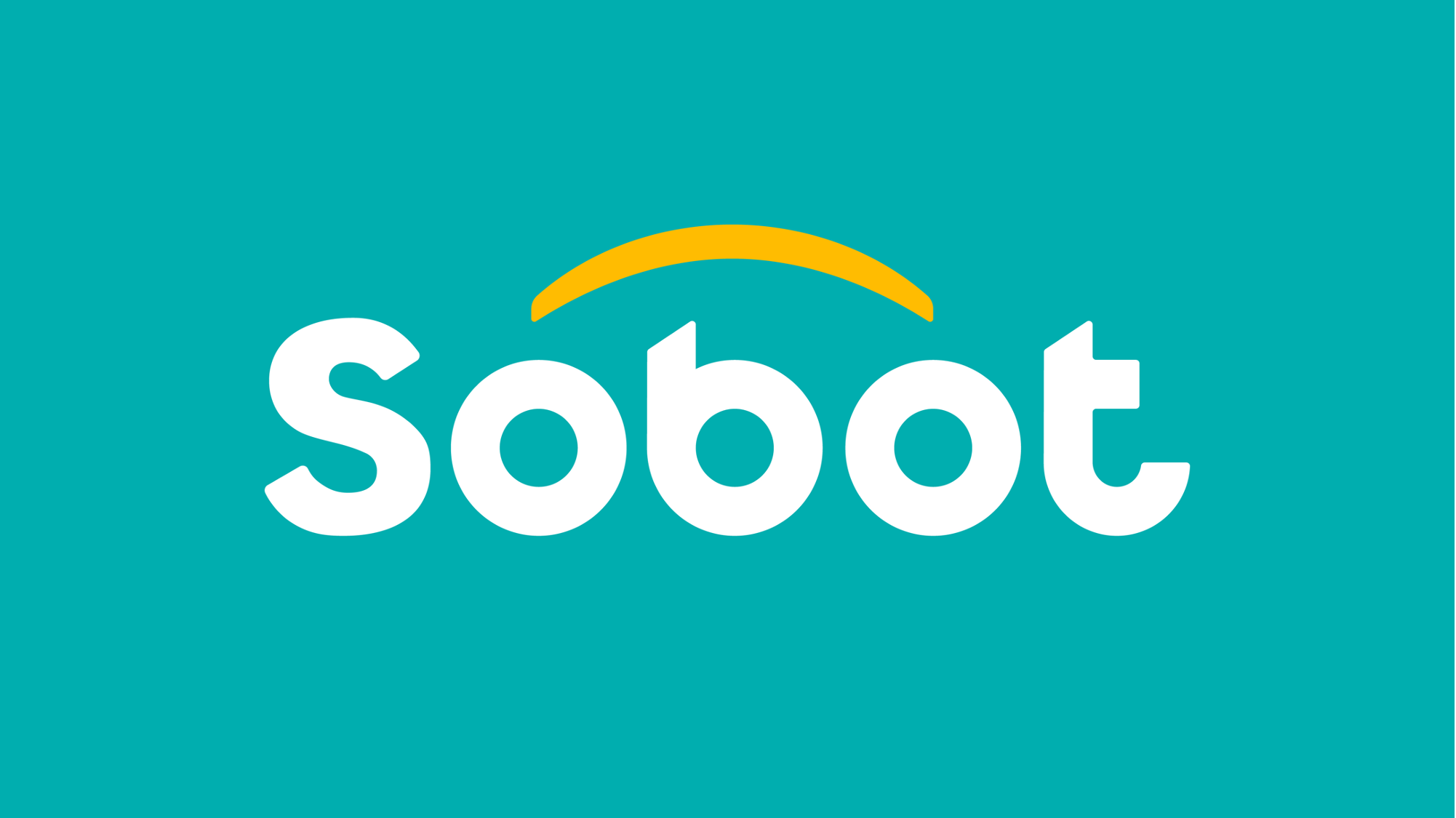What is the Difference Between a CRM and a Contact Center
In today’s business landscape, contact center software solutions and Customer Relationship Management (CRM) systems are both essential tools that companies use to enhance customer interactions. Although these terms are sometimes used interchangeably, they serve different purposes. Understanding the difference between a CRM and a contact center can help businesses choose the right technology to improve customer experience and operational efficiency.
What is a CRM?
A CRM, or Customer Relationship Management system, is a software platform designed to manage a company’s interactions with current and potential customers. The core purpose of a CRM is to organize customer data, track sales leads, automate marketing tasks, and provide a centralized database for customer information. CRMs help businesses maintain detailed records about customers, including contact details, purchase history, preferences, and communication logs.
CRMs are primarily used by sales and marketing teams to nurture leads, close deals, and retain customers by personalizing communication based on customer insights.
What is a Contact Center?
A contact center is a centralized hub that manages all customer communications across multiple channels such as phone calls, emails, live chat, social media, and messaging apps. Contact centers utilize contact center software solutions to route customer inquiries efficiently, manage agent workflows, and deliver real-time support.
The main goal of a contact center is to ensure timely and effective communication, improve customer satisfaction, and streamline agent productivity.
Key Differences Between CRM and Contact Center
While CRM and contact centers overlap in customer engagement, they serve distinct roles within a business:
Functionality
CRM focuses on customer data management and sales process optimization.
Contact centers focus on managing and delivering customer support and communication.
Usage
CRM is used mainly by sales, marketing, and account management teams.
Contact centers are operated by customer service agents and support teams.
Channels
CRM primarily handles data related to contacts and sales touchpoints.
Contact centers manage real-time, multi-channel conversations including calls, chat, and social media.
Goals
CRM aims to increase sales, improve customer retention, and personalize marketing.
Contact centers aim to resolve customer issues quickly and maintain high-quality service standards.
Integration
Many modern contact center solutions integrate with CRMs to provide agents with instant access to customer profiles during interactions, combining data and communication for better outcomes.
Why Your Business Needs Both
To maximize customer satisfaction and operational efficiency, businesses often implement both a CRM and a contact center solution. CRMs help build long-term customer relationships by organizing valuable customer information, while contact centers deliver the immediate support customers expect.

Conclusion
If you’re searching for an effective contact center software solution, Sobot is a strong option to consider. Sobot provides an omnichannel contact center platform that supports live chat, AI-powered chatbots, and seamless integration with CRM systems. Its user-friendly interface and comprehensive tools help businesses manage customer interactions smoothly and efficiently. With Sobot, companies can enhance customer service, reduce response times, and gather actionable insights—all essential for modern customer experience management.


